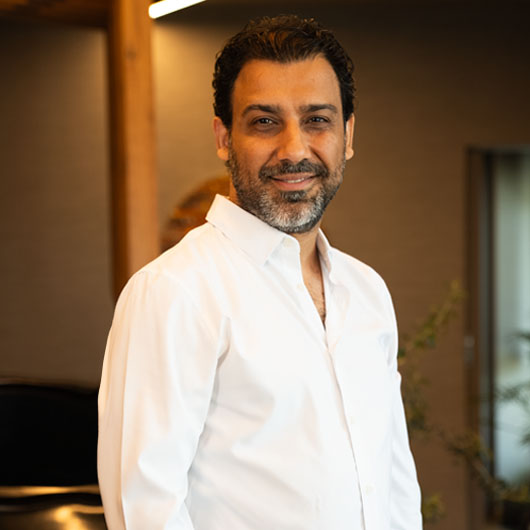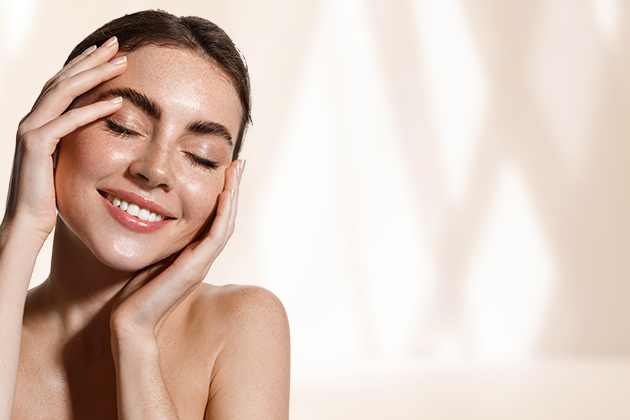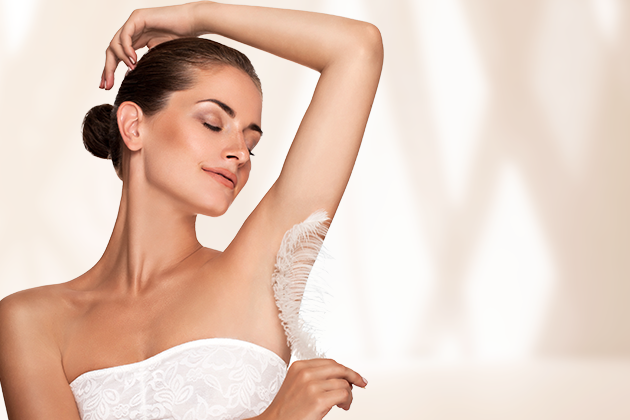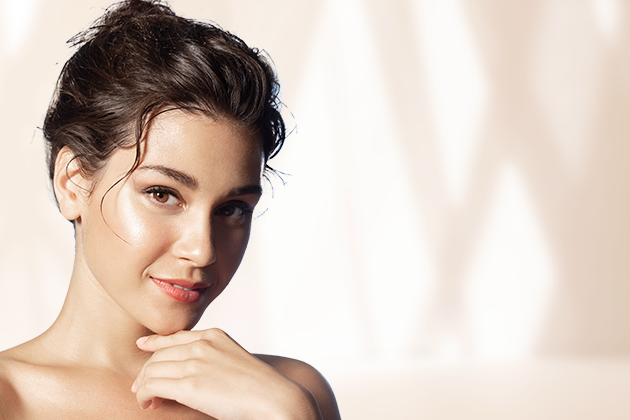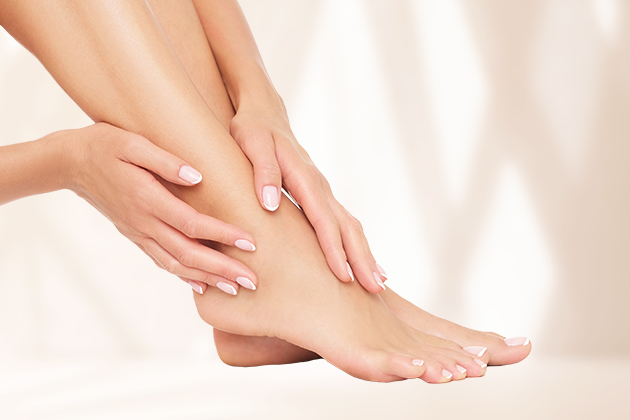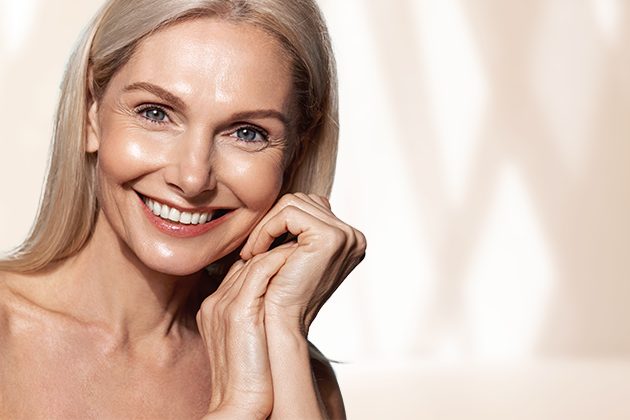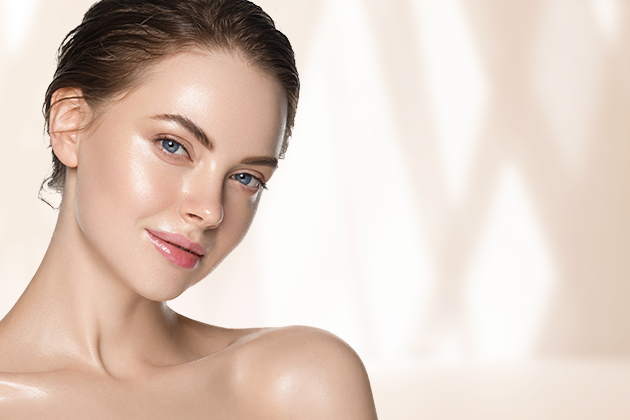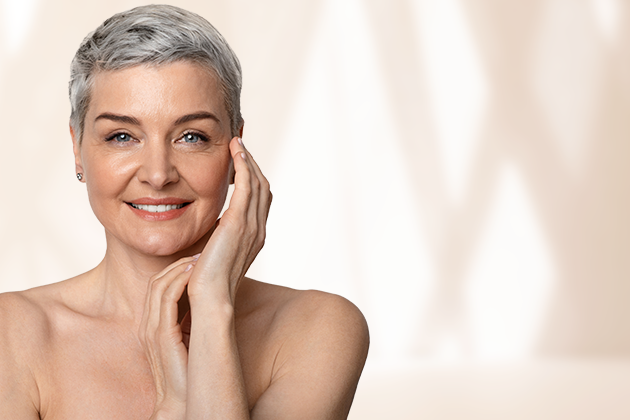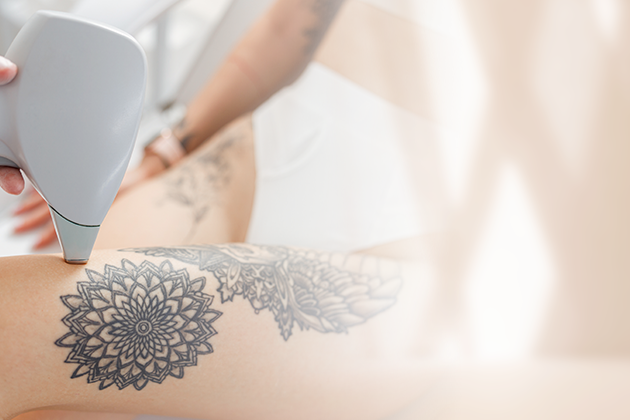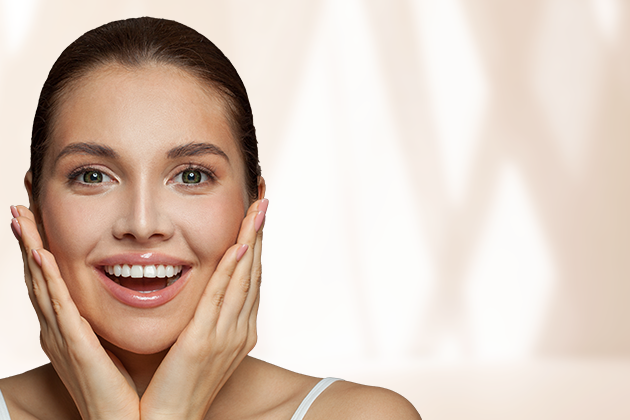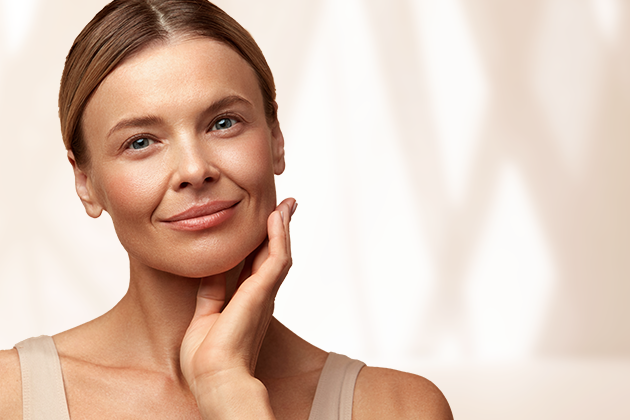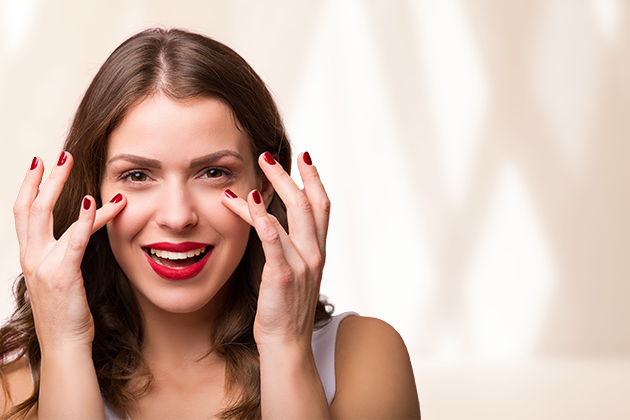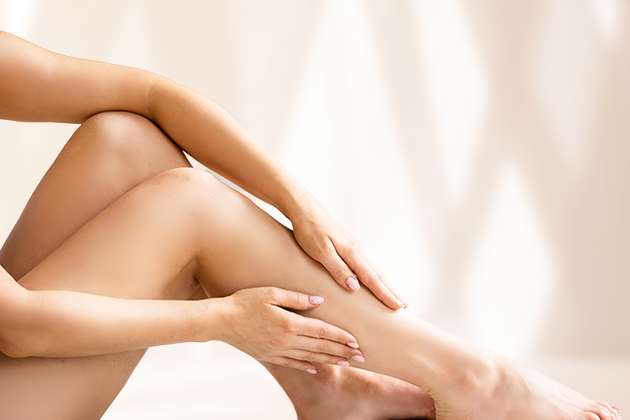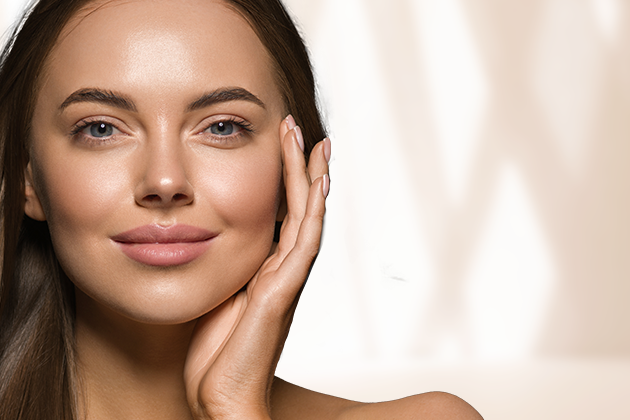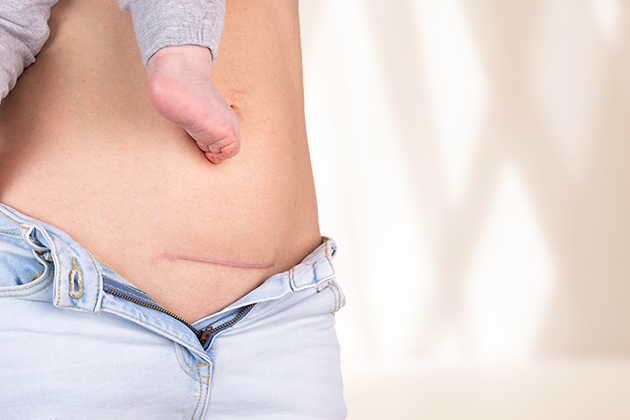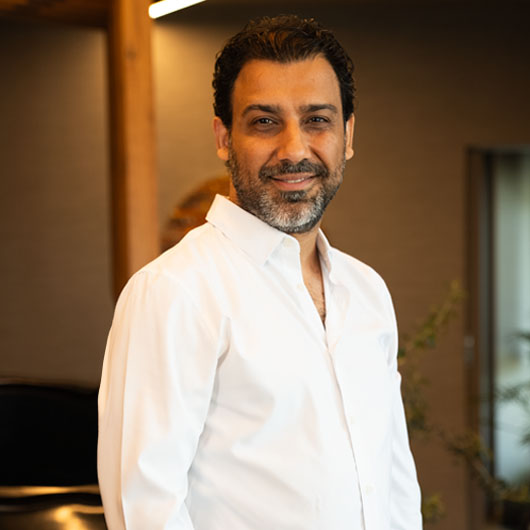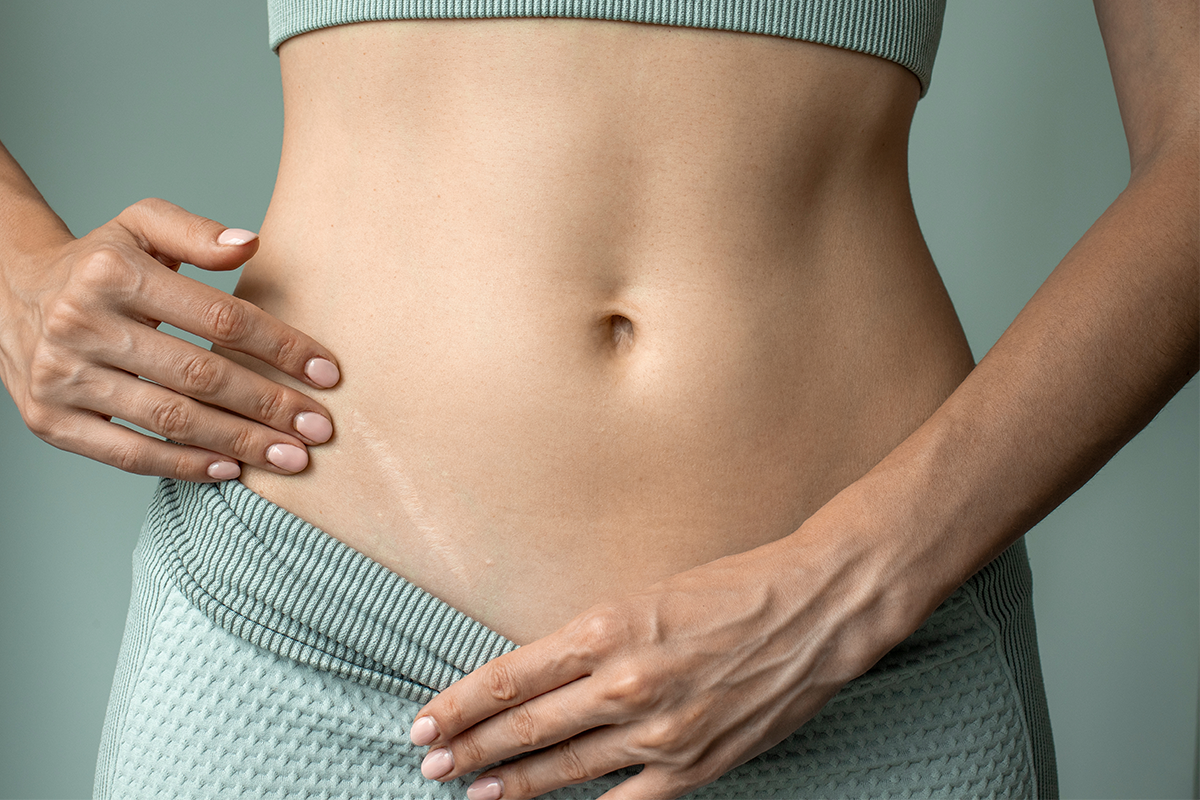Laser Applications
Laser is a technological application used in the fields of medicine and cosmetics. Laser application is the process of sending intense light energy to a particular area with the help of a laser device. The laser light, on the other hand, is a concentrated beam of light at a narrow wavelength. This light beam causes a specific reaction at the targeted site and can be used for various purposes.
Laser Applications
- What Are Laser Applications?
- What Are the Usage Areas of Laser Applications?
- What Is Laser Hair Removal?
- What Are the Types of Lasers Used For Skin Treatments?
What Are Laser Applications?
Laser is a technological application used in the fields of medicine and cosmetics. Laser application is the process of sending intense light energy to a particular area with the help of a laser device. The laser light, on the other hand, is a concentrated beam of light at a narrow wavelength. This light beam causes a specific reaction at the targeted site and can be used for various purposes.
Laser applications are commonly used in the fields of medicine and cosmetics. It is medically used in many areas such as cancer treatment, eye surgery, dermatological procedures, dentistry and circulatory disorders. It is also used for cosmetic purposes such as laser hair removal, skin rejuvenation, treatment of skin spot and acne scar, spot reduction and tattoo removal.
Using high-energy light means, the laser applications trigger a series of reactions in the targeted area. These reactions include various effects such as temperature generation, shrinkage of subcutaneous tissues, destruction of pigmentation, narrowing or widening of blood vessels and destruction of cells. The method of application may vary depending on the wavelength, intensity and duration of the laser, which is also determined by the physicians.
What Are the Usage Areas of Laser Applications?
Laser applications are used for many different purposes in medical aesthetics. The most popular laser applications are as follows:
- Laser Hair Removal: This is a laser application used for permanent hair reduction or hair removal. Producing heat energy, the laser beam focuses on the hair follicles and destroys them.
- Laser Skin Resurfacing: Helping skin to rejuvenate, the laser skin resurfacing method is performed to decrease wrinkles, correct skin tone and improve skin texture. Among laser skin resurfacing methods, there are fractional laser therapy, carbon dioxide (CO2) laser, erbium laser and IPL (Intense Pulsed Light).
- Treatment of Spot, Freckle and Skin Tone with Laser: Laser can be used in the treatment of sun spots, aging spots and acne spots. Targeting the melanin pigment in the skin, the laser light regulates the skin tone and reduces the spots.
- Laser Therapy Around the Eyes: Laser can be applied in treatment of problems such as wrinkles around the eyes, under eye bags and under eye circles. The laser light corrects the skin texture in these areas, providing a younger and vivid appearance.
- Laser Skin Tightening: The laser therapy can be performed to increase skin tightness and elasticity. It ensures to reduce sagging of the skin and provide a tighter appearance, promoting the production of collagen and elastin.
- Acne Treatment with Laser: The laser therapy used in acne treatment allows to prevent acne formation by reducing sebum production in the skin. Additionally, it decreases inflammation and improves the appearance of acne scars.
- Treatment of Fine Line and Wrinkles with Laser: Laser can be practiced to reduce the appearance of fine lines, wrinkles and deep wrinkles. Increasing the production of collagen and elastin under the skin, it allows skin to tighten and rejuvenate.
- Mole Treatment with Laser: This is a laser application performed to remove or reduce the moles on the skin.
- Laser Skin Peeling: Laser skin peeling ensures skin rejuvenation by providing controlled peeling of the upper layer of the skin. This method is performed to correct skin tone, reduce wrinkles and improve skin texture.
- Laser Tissue Repair: Laser therapy is used in treatment of skin damage, wounds, burn marks, scars or surgical scars. Laser energy provides skin healing and supports smoother tissue formation by targeting the damaged tissue.
- Laser Vessel Treatment: Lasers are effective in treating skin problems associated with vessels such as vascular spots, facial veins, capillaries, and orange peel appearance. Targeting the vessels, the laser light tightens the vessels and reduces redness on prominence on the skin.
- Laser Liposuction: This method, also known as laser lipolysis, aims to break down fat cells and remove them out of the body. The laser light targets and melts the fat cells, allowing them to be removed by the body.
- Tattoo Removal with Laser: Laser light is an effective method in removing unwanted tattoos. Q-Switched or Picosecond lasers are used in tattoo removal. The laser light breaks down pigments of the tattoo, ensuring that it is absorbed by the body. Multiple sessions may be required, and the treatment process may change depending on the size, colors and depth of the tattoo.
- Wound Healing with Laser: Laser light can help wounds heal faster. Laser application supports tissue regeneration in the skin, increases blood circulation and reduces inflammation. It also helps reduce the scars.
- Treatment of Nail Fungus with Laser: Nd:YAG laser or Erbium lasers can be used in treatment of the nail fungus. The laser light targets the fungal infection and reduces the fungus on the nails.
What Is Laser Hair Removal?
Laser hair removal is a laser application used for the permanent reduction or removal of unwanted hair. Laser hair removal takes place by applying intense laser light to hair follicles on the skin. The laser light targets the melanin pigment in the hair follicle and is absorbed as heat energy.
Leading to destruction of hair follicle, this heat energy inhibits regrowth of the hair.
There are different types of laser hair removal. Also, effectiveness and results of the procedure may vary depending on the laser technologies and devices used. Some of the commonly applied laser hair removal types are as follows:
- Alexandrite Laser: Alexandrite laser hair removal is a frequently preferred technology for laser hair removal. The Alexandrite laser device is applied at a wavelength of 755 nanometers. This wave size concentrates the melanin pigment in the targeted area and destroys the hair follicles, producing very good results in thick hair. When the laser energy reaches the hair follicles, it disrupts structure of the melanin and loses its hair growth feature. It is a method performed on people with not very dark skin colors but dark hair color. Pain is very slightly felt during the procedure thanks to cooling system used in the Alexandrite laser method, and the possibility of scarring is a chance in a million. Alexandrite laser hair removal treatment is applied in 5 to 8 sessions to get the desired result.
- Diode Laser (Ice Laser): The diode laser hair removal takes more distance on the skin compared to other types of laser applications. Even though it is similar to the Alexandrite laser hair removal method, the wavelength is longer in the diode laser, which is 810 nanometers. Deep hair follicles can be easily accessed with the diode laser. It is the most suitable type of laser application that can be performed not only for light-skinned people, but also the dark-skinned ones. In addition, it is an effective laser method for both thick and thin hair. The application is completed very quickly and the pain is minimized in the diode laser. Thus, this kind of hair removal is the most preferred method for both men and women.
- Nd: YAG Laser: Since it is the least absorbed light by melanin between wavelengths, it can be applied easily even to the darkest-skinned people. It is mainly performed in vascular treatments as there is hemoglobin absorption at this wavelength. The application is generally painful.
Laser hair removal process may consist of more than one session, depending on the hair growth cycle. For best results, it is generally recommended to treat the hairs during the active growth period (anagen). The effectiveness of laser hair removal may vary depending on the person's skin type, hair color, hair density and treatment area.
What Are the Types of Lasers Used For Skin Treatments?
Fractional CO2 Laser: Creating microscopic heat points on specific areas of the skin, the fractional CO2 laser stimulates skin regeneration. This is one of the most popular applications when it comes to laser skin rejuvenation, spot treatment and acne treatment. In addition to being the most advanced type of laser, it shortens the recovery time in people with skin problems, offers more successful results, and provides an effortless and comfortable process. Moreover, it is the most preferred laser application due to its low side effects.
Fractional CO2 laser is applied for the following skin problems:
- Acne scars
- Burn, wound and surgical scars
- Stretch marks that develop during pregnancy or after birth
- Sun spots and wrinkles
- Skin tightening
- Non-surgical face lifting
- Non-surgical facial rejuvenation
Erbium YAG Laser: The Erbium YAG laser is performed to rejuvenate skin surface, reduce wrinkles, correct skin tone and treat skin spots. This type of laser has a milder effect than the CO2 laser and causes fewer side effects. The Erbium YAG laser targets upper layer of the skin and stimulates the skin's natural healing process.
Erbium laser is applied for the followings:
- Skin rejuvenation
- Skin spot treatment
- Acne scar treatment
- Skin tightening
- Treatment of skin lesions and tumors
- Skin rejuvenation
- Scar treatment
Nd:YAG Laser: Nd:YAG laser is used to treat pigmentation problems in the skin. It is effective in treatment of skin spots, sun spots, birthmarks and capillary vessels. Focusing on the melanin pigment, the Nd:YAG laser reduces or completely disappears the color of the spots.
Nd:YAG laser is applied for the followings:
- Skin spot treatment
- Vascular treatment
- Tattoo removal
- Skin rejuvenation
- Skin tightening
- Hair removal (permanent reduction or removal of unwanted hair)
Q-Switched Laser: It is used to treat conditions such as deep skin pigmentation, tattoos, aging spots and sun damage. Using short and intense pulses of energy, it targets and breaks up pigment spots.
Q- Switched laser is applied for the followings:
- Pigmentation problems
- (such as sun spots, aging spots, brown spots and birthmarks)
- Tattoo removal
- Acne scar treatment
- Skin rejuvenation
- Pore tightening
IPL (Intense Pulsed Light) Laser: In spite of not being a laser technology, the IPL (Intense Pulsed Light) laser is a method performed for various skin treatments using intense pulsed light.
IPL is applied for the followings:
- Hair removal
- Treatment of pigmentation problems (sunspots, aging spots, freckles)
- Skin rejuvenation
- Acne treatment
- Treatment of capillary vessels (face and leg vessels)
- Tattoo removal
- Skin tone regulation
- Skin tightening
Carbon Dioxide (CO2) Laser: Using high-energy light beams, the CO2 Laser helps remove damaged tissues on the skin surface and rejuvenate the skin. Stimulating the production of collagen under the skin, it supports skin rejuvenation and tightening.
CO2 Laser is applied for the followings:
- Skin rejuvenation
- Reduction of wrinkles and fine lines
- Acne scar treatment
- Skin tightening
- Treatment of spots (sunspots, aging spots)
- Regulation of skin tone and color improvement
- Scar treatment (cheloid scars, surgical scars)
- Genital aesthetic applications (vaginal tightening, labioplasty)
Laser Lipolysis Treatment: The Laser Lipolysis is commonly known as a laser method and device used in spot reduction and fat burningtreatments. Using laser energy, the Laser Lipolysis is a treatment method that targets fat cells. The laser light heats the fat cells in this method, allowing fat cell membranes to dissolve and the fat to be loosened. The burned fats are then absorbed and excreted by the body's natural metabolic processes. The Laser Lipolysis treatment is applied to reduce fat deposits, especially localized in areas such as waist, abdomen, hips, thighs and arms. The method may often require more than one session to achieve more evident results. Duration of each session and treatment plan may vary depending on individual needs, size of the treatment area and the desired outcome.
Doctors
List of doctors under the HOP of the corporation
Blog
You can read our blog posts to get more information about the treatment.
Medical Aesthetic Procedures Preferred for Men
Medical Aesthetic Procedures Preferred for Men
Read MoreThe First Step in Scar Treatment: Choosing the Right Treatment
Skin can develop scar tissue over time as a result of injuries, traumas, and surgical interventions. These scars can be both physically and emotionally distressing. Fortunately, advancements in medical aesthetics have made it possible to reduce or eliminate scar tissue.
Read More
